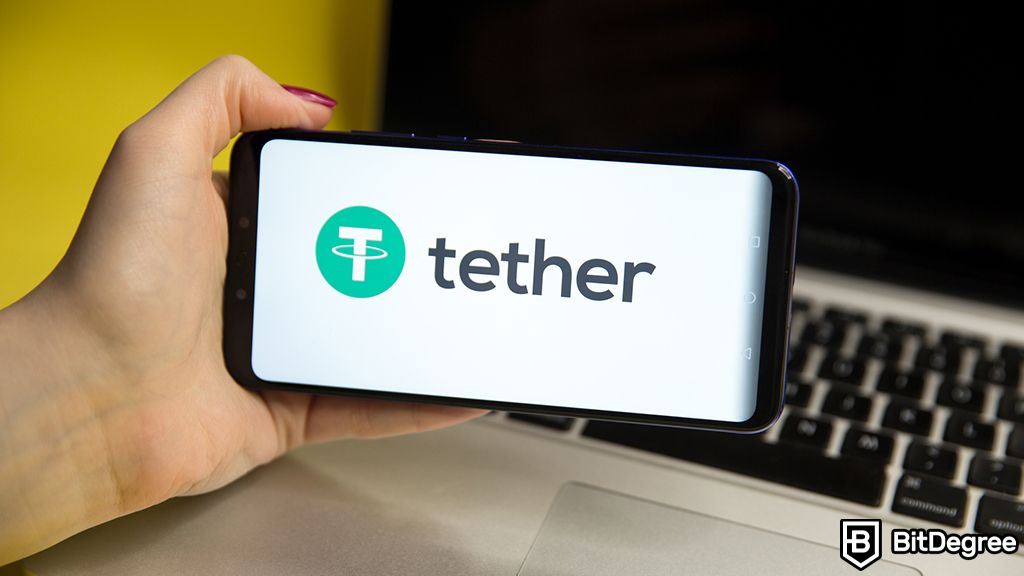[ad_1]
Tether becomes the king of stablecoins.
Recent data has pointed to a significant reshuffling within the stablecoin market, with Tether (USDT) reasserting its dominance despite the concerns that have plagued the company in recent years.
On the flip side, several of its competitors, including USD Coin (USDC) and Binance USD (BUSD), have experienced a contraction in market share.

Did you know?
Want to get smarter & wealthier with crypto?
Subscribe – We publish new crypto explainer videos every week!
BitDegree data reveals that over the past year, USDT has effectively regained its previous high point in terms of market dominance, currently at 65.89%, an increase from its 47.04% share a year ago. Its market capitalization now sits at a robust $83.2 billion.
In contrast, Circle’s stablecoin USDC has seen its market share shrink from 34.88% to 23.05%. BUSD and Dai (DAI) also followed a similar trend, with their market shares declining to 4.18% and 3.66% respectively.
Interestingly, Circle CEO Jeremy Allaire pointed to increased regulatory scrutiny in the United States as the cause for USDC’s market capitalization decline.
The landscape of the US banking industry has apparently favored Tether, as the collapse of several crypto-friendly banks in March shook USDC’s stability. When $3.3 billion of its reserves got stuck at Silicon Valley Bank, USDC temporarily deviated from its dollar peg.
Despite previous criticisms for a perceived lack of transparency, Tether has been making moves to reassure its users and reduce reliance on the banking sector. The company’s first quarter report for 2023 indicated a withdrawal of over $4.5 billion from banks, subsequently lowering its counterparty risk during these uncertain economic times.
According to the report, Tether has significantly bolstered its US Treasury bills to over $53 billion, amounting to 64% of its reserves. Coupled with other assets, USDT’s reserves are now backed by 85% in cash, cash equivalents, and short-term deposits.
The shifting dynamics within the stablecoin market, underscored by Tether’s resurgence, highlight how these cryptocurrencies are navigating the challenging terrain of regulatory scrutiny and economic volatility.
[ad_2]
Source link







